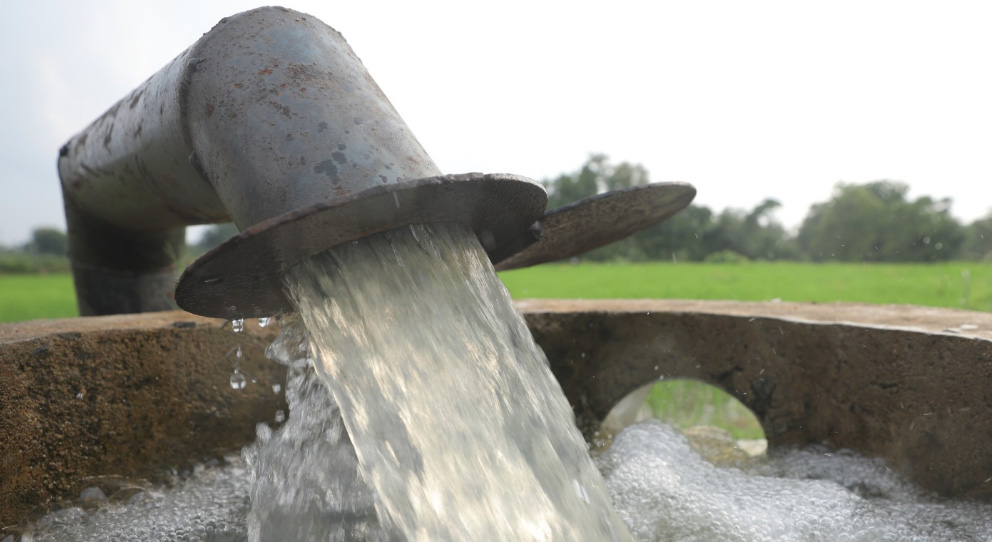Bhubaneswar: Though the quantum of groundwater extraction has continued to rise, estimates show that the groundwater level in the state has increased marginally.
In 2017, the state was estimated to have 15.57 BCM of groundwater reserves while in 2022 it was estimated to be 16.34 BCM.
Therefore, it is clear that the amount of ground water has increased in these five years.
Quantum of groundwater extraction is increasing in the State due to various sectors. From lift irrigation to industries, the amount of water drawn from under the soil is increasing year by year.
Maximum groundwater is being used for lift irrigation. In 2017, 5.28 billion cubic metres (BCM) of water was extracted for this purpose, which increased to 5.5 BCM in 2020 and reached 5.83 BCM in 2022.
Similarly, water extraction is on the rise by the private sector. In 2017, 1.15 BCM of water was extracted from under the soil for the region, which reached 1.21 BCM in 2020 and 1.24 BCM in 2022.
However, groundwater extraction is lower for industries than in these two sectors. In 2017, 0.14 BCM of water was extracted for industries as against 0.15 BCM in 2020 and 0.16 BCM in 2022.
Overall, groundwater extraction in the state is estimated to be 6.57 BCM in 2017, 6.86 bcm in 2020 and 7.23 bcm in 2022.
However, in some parts of the state, especially in urban areas, there is a difference due to indiscriminate extraction of groundwater. The high-rise apartments that have come up in and around the capital are arbitrarily exploiting groundwater, leading to depletion of groundwater levels in some places. Not only are they exploiting groundwater, they are also not constructing rainwater harvesting projects near apartments as per rules for groundwater recharge.
However, in some parts of the state, the quality of ground water is not within the prescribed limit. One of the exams conducted by the Odisha State Pollution Control Board. In 2022, the pH in water at 16 places, nitrate at six places, fluoride in one place were not within the prescribed quantity. Similarly, in 2023, tests conducted at 90 locations showed that the amount of pH in 17 places, nitrate in 15 places, fluoride in one place did not remain within the prescribed standards.


